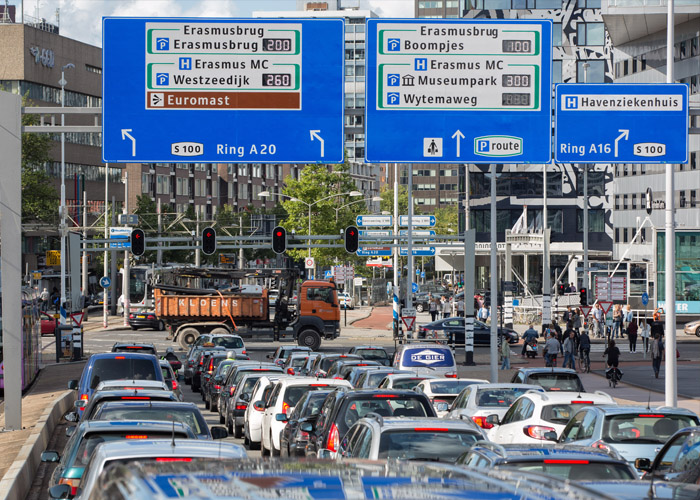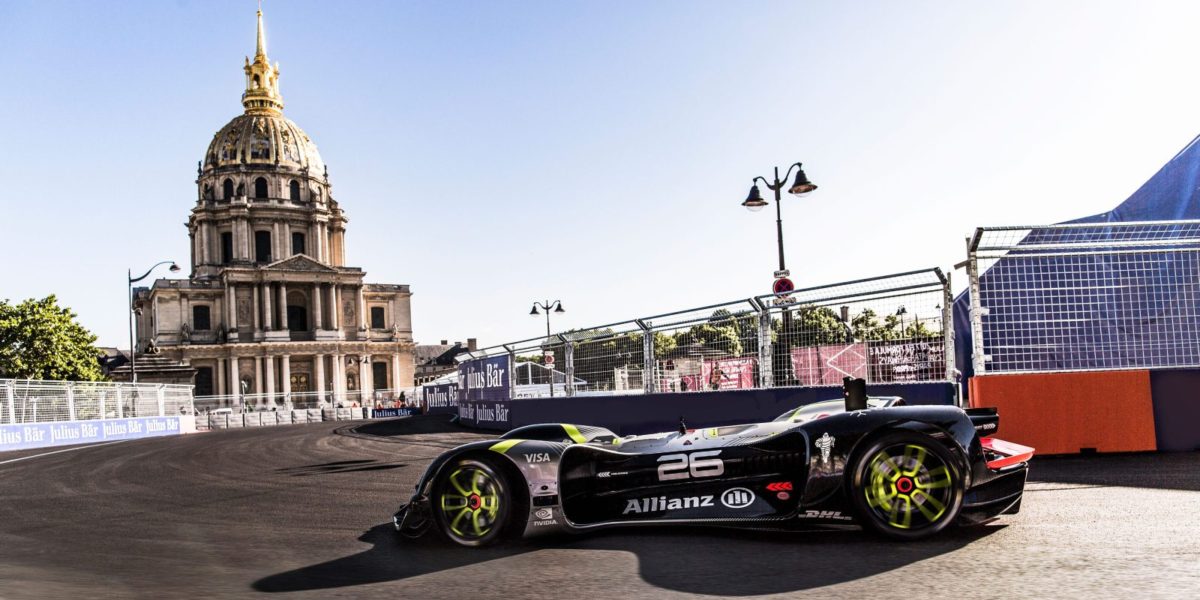Anyone who commutes by car in Rotterdam has experienced the crowded inner city and the problem of searching for an available parking spot. Due to the growth of the city and the increase in popularity of Rotterdam, less parking spots remain available in the city centre and people spend more time looking for a parking spot. On top of that, parking prices have risen 33% in Rotterdam over the past five years (Van Staalduine, 2017). A solution for this problem which would not only benefit us living in Rotterdam, but also the environment, are self-driving cars.
Self-driving cars won’t make you lose any time looking for a parking spot. Such a car could drop you off and then start searching for a (free) parking spot for itself (Williams, 2017). In a connected city, this would be easy as all available parking spaces would be known by the car. You’ll lose no time searching for a parking spot, while the parking spot could also be free of charge following your preferences. Furthermore, using self-driving cars would result in less traffic jams and congestion, as it is believed that traffic causes 30% of all urban traffic congestion (Shoup, 2006). As all cars would be interconnected, any delay would be relayed trough the network of vehicles on the road which would then alternate their route instantly in order to avoid traffic (Williams, 2017). Also, following the continuance of the sharing economy, self-driving cars could lead to less vehicles on the road. In theory, people will stop owning cars and consider them as a sort of public transport. Because of the decrease in need of owning a car, less cars will be bought and stay unused at parking spots which would benefit cities and their sights (Williams, 2017).
Implementing self-driving cars will take some time, as self-driving cars are just beginning to be considered legal authorities (Rijksoverheid, 2017). However, its benefits are clear: No more time spent searching for a parking spot in Rotterdam and no more traffic jams at the Maasboulevard. Don’t you think that’s great?
Reference List:
Rijksoverheid. (2017). Minister Schultz opent nieuwe proeftuin voor zelfrijzend vervoer. Retrieved 25 September, from https://www.rijksoverheid.nl/actueel/nieuws/2017/06/27/minister-schultz-opent-nieuwe-proeftuin-voor-zelfrijdend-vervoer
Shoup, D. C. (2006). Cruising for parking. Transport Policy 13, 6 (2006), 479-486
Van Staalduine, J. (2017). Parkeren wordt in Nederland steeds duurder – in Amsterdam betaalt u 5 euro per uur. Retrieved 25 September, from https://www.volkskrant.nl/binnenland/parkeren-wordt-in-nederland-steeds-duurder-in-amsterdam-betaalt-u-5-euro-per-uur~a4511820/
Williams, J. (2017). Would driverless cars be better for the Environment? Retrieved 25 September, from https://makewealthhistory.org/2017/07/17/would-driverless-cars-be-better-for-the-environment/



